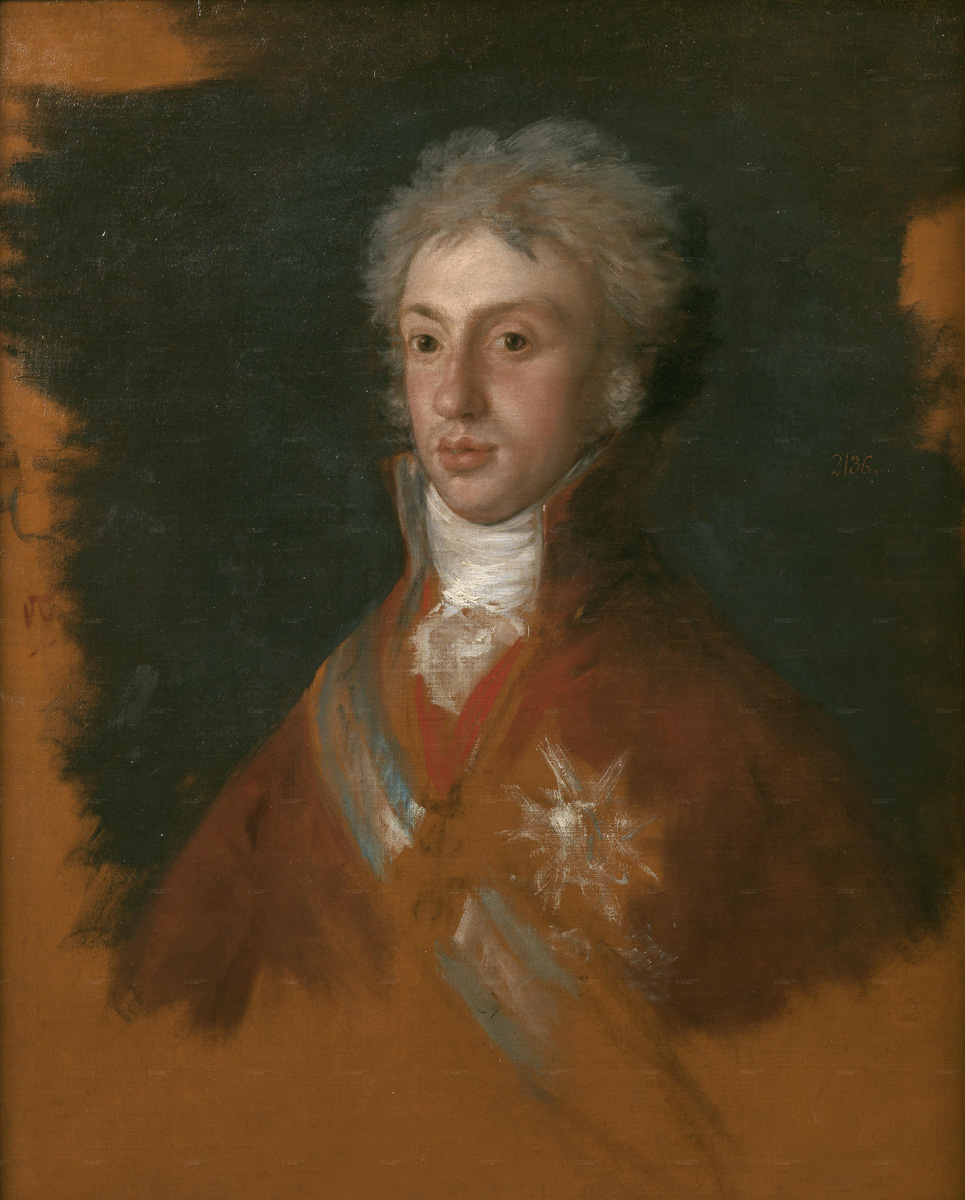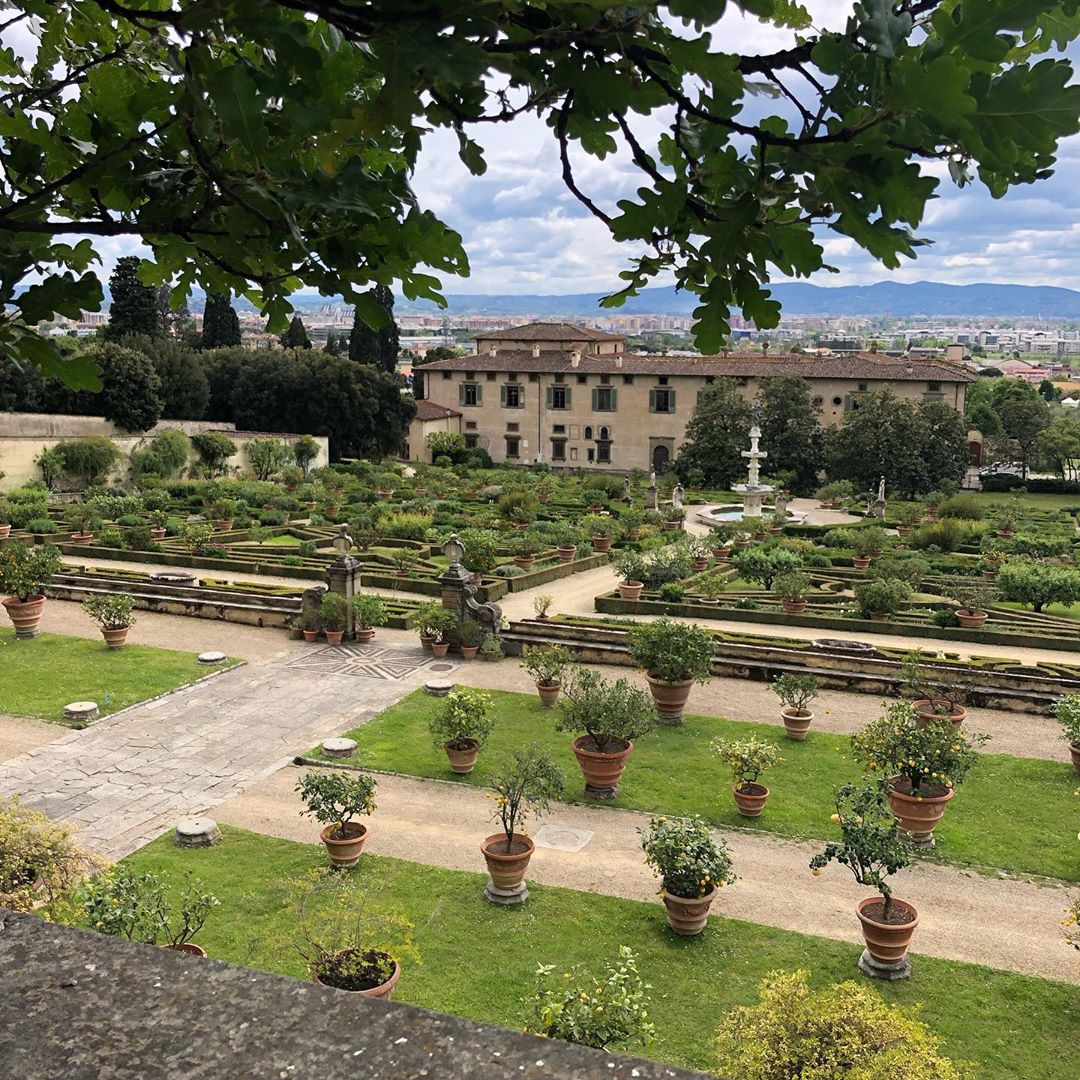To secure Spain as an ally against the English, Napoleon, then first consul of France, was engaged in complicated horse trading with his neighbouring country. As part of the deal, in October 1800, Spain signed a “secret” agreement, the Treaty of San Ildefonso, with Napoleon returning the Louisiana Territory to France in exchange for six warships and the new kingdom of Etruria in Italy. This was completed when the two countries signed the Franco-Spanish Treaty of Aranjuez on March 21, 1801, and, on March 28 of the same year, the Franco-Neapolitan Treaty of Florence. In return for removing the reigning grand duke of Tuscany, Ferdinand III, the French compensated the Habsburg ruler with the Electorate of Salzburg. At the same time, to appease the Bourbon duke of Parma, whose duchy Napoleon had annexed to France, the duke’s son and heir became Louis I (1773–1803), the first king of Etruria. This new realm covered most of Tuscany, as we know it today, and was Napoleon’s first experiment in monarchy building. Nonetheless, the kingdom’s history was to be a fleeting one.

In May 1801, the sickly and epileptic Louis was called to Paris with his wife, Maria Luisa (1782–24), an infanta of Spain, to be invested and instructed by Napoleon on their future roles. Whilst the first consul was unimpressed by the 28-year-old royal, believing him to be lazy, he thought the queen, although “far from pretty”, was “more sagacious and prudent than her husband”. Three weeks later, the new sovereigns set off for Florence where they arrived in August.
The French had sent General Murat ahead of them to prepare the Pitti Palace, but when they arrived they found it had been stripped by the departing grand duke. This forced the cash-strapped pair to borrow furniture and even cooking utensils from local nobles. In fact, poor harvests, the need to finance Napoleon’s wars and the excessive cost of maintaining 6,000 French troops within its territory meant that Etruria’s coffers were at rock bottom. Furthermore, the locals deeply resented that the popular and enlightened grand duke had been ousted, viewing Louis and Maria Luisa as mere puppets of the French.
In September 1802, the couple were summoned to Spain to attend a double wedding in the infanta’s family. However, they failed to make it on time because on October 2, 1802, Maria Luisa gave birth to her second child, a daughter, Maria Luisa Carlotta, on board ship just before their arrival in Barcelona. Doctors feared that neither mother nor daughter would survive. Louis was also ill but, despite being anxious to return to Italy, the family could not leave Spain until December. Once back home in Etruria, Louis’s illness, which had been hidden from the Florentines, worsened and he died suddenly from an epileptic fit at the end of May 1803, just 30 years old.
Now a grief-stricken widow at age 20, Maria Luisa became regent for her infant son Charles Louis (1799–1883), the new king of Etruria. During her regency, she was helped by ministers and advisers, in particular the prudent Count Fossombroni and the enterprising Jean-Gabriel Eynard, and made some significant reforms. Maria Luisa reorganized the tax system, imposed a duty on tobacco and porcelain manufacturing companies, as well as increasing the size of the army, with a levy of 20,000 troops. Education was also one of her priorities, founding an advanced science institute and the Natural History Museum of Florence.
Her critics, however, accused her of currying favour in the city by lavishly entertaining at the Pitti Palace, although she did once hold a party for 200 poor children in the Loggia dei Lanzi.
Faced with increasing problems caused by the ruling Bourbons in Spain and Naples as well as Etruria’s neighbour, the Papal States, Napoleon dissolved the kingdom in 1807. His excuse was that it had failed to enforce the embargo France had placed on British goods. He annexed Etruria to France by turning it into three French départements (Arno, Méditerranée and Ombrone) and revived the title of Grand Duchess of Tuscany for his sister Elisa.

Maria Luisa was staying at Castello, her country palace, when she suddenly received the news that she was ordered to leave Florence immediately. On December 10, 1807, after a mere seven years, the queen-regent and her children left Florence. She wrote “at the worst season of the year, I took leave of a country where my heart has remained ever since”.
Travelling to Milan, she saw Napoleon who promised that she and her son, in return for losing their crowns, would be placed on the throne of the Principality of Northern Lusitania, which he intended to create after the French and Spanish had conquered Portugal. He also offered her marriage to his brother Lucien (who was already married). Neither of these proposals came about as she refused both and returned home to her family in Spain. In May 1808, Maria Luisa’s father was deposed and Napoleon forced the royal family to leave Spain. He arrested Maria Luisa when he discovered she was planning to flee to England.
In August 1811, he stripped her titles, diminished her pension and imprisoned her without her son in the Santi Domenico e Sisto convent, near the Quirinal in Rome, where she would remain for the next four years.
Three years after Napoleon’s fall, in 1817, the Infanta Maria Luisa became duchess of Lucca, and Charles Louis, aged 16, was named hereditary prince of Lucca, the territory created for them by the Congress of Vienna in 1815. During her seven-year reign in the Tuscan city, she instituted public works and magnificently redecorated the Palazzo Ducale. Culture and the sciences thrived and she opened 17 new convents, despite her previously unhappy experience in Rome.
On March 13, 1824, Maria Luisa died of cancer, at 41 years old, at her Roman palace, where she spent the winters. Whilst she is buried at El Escorial in Spain, a statue to her memory sculpted by Lorenzo Bartolini stands (perhaps a little ironically) in Lucca’s piazza Napoleone. She was succeeded by Charles Louis until 1847, when he succeeded to the Duchy of Parma and left Lucca, which reverted back to the Grand Duchy of Tuscany.








